Monitoring
Compliance
We adhere to the highest standards of security
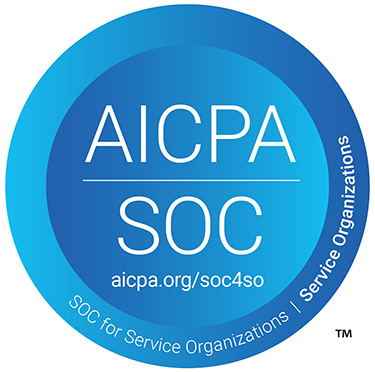
SOC 2 Type 2
Service Organization Controls (SOC 2) (Type II) trust services principles
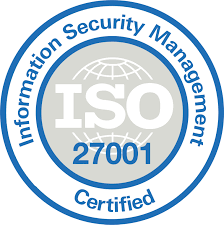
ISO 27001
ISO/IEC 27001:2022 information security, cybersecurity and privacy protection
FedRAMP
FedRAMP 20x Low Authorized
CMMC
CMMC Level 2 Authorized. CMMC is a U.S. Department of Defense framework verifying contractors have implemented required cybersecurity practices to protect sensitive government data.
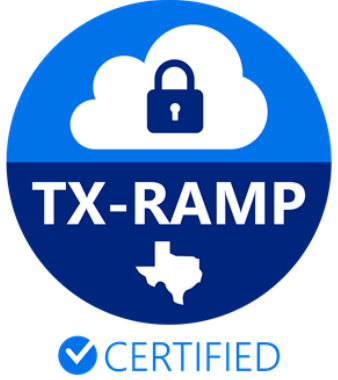
TX-RAMP
TX-RAMP provides a standardized approach for assessment and certification of cloud computing services that process the data of Texas state agencies.
GDPR
Protect the personal data and privacy of EU citizens for transactions that occur within EU member states
CPRA
California Consumer Privacy / Privacy Rights Act, is legislation designed to improve the data privacy of California residents
FedRAMP 20x
Resources
Get our latest security and compliance resources and reports
SOC 2 Type 2 report
Period July 1, 2024 to June 30, 2025
ISO 27001 certificate
ISO 27001:2022 certificate (February 6, 2024)
TX-RAMP Certification
Level 1 Valid until March 6, 2028
Pen Test Executive Summary
An executive summary of Secureframe's most recent penetration test
CMMC Level 2 Certification
CMMC Level 2 Certification from the Cyber AB, valid until 9/9/2028
CMMC Level 2 Summary Report
CMMC Level 2 Summary Report from audit with C3PAO Redspin
CMMC Shared Responsibility Matrix
Secureframe's CMMC Shared Customer Responsibility Matrix for the 110 controls of NIST 800-171 rev.2 & CMMC Level 2.
FedRAMP 20x Low Authorization Letter
Secureframe's FedRAMP 20x Low Authorization Letter, valid until 8/20/2026
FedRAMP 20x 3PAO Coalfire Validated Assessment Methodology
FedRAMP 20x KSI Validation - Human Readable - Public
Subprocessors
AWS
Cloud Hosting Services

Catamorphic Co. (Launch Darkly)
Feature Flag Management
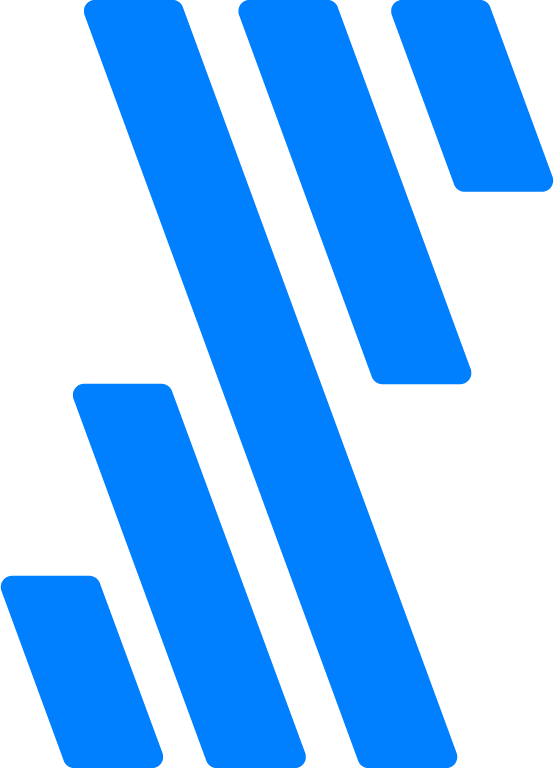
Fivetran
Data Pipeline ETL
Functional Software, Inc. (Sentry)
Error tracking
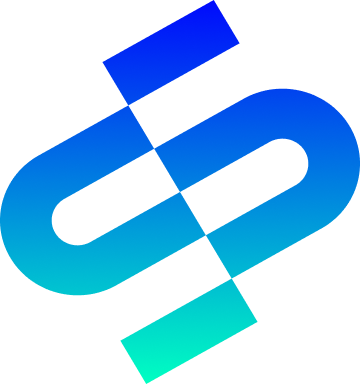
OneSchema
Data Import Structuring
OpenAI
AI platform and large language model capability.

Retool
Customer provisioning and administration

Sigma Computing
Data analytics and Visualization

Talend
Data pipeline ETL